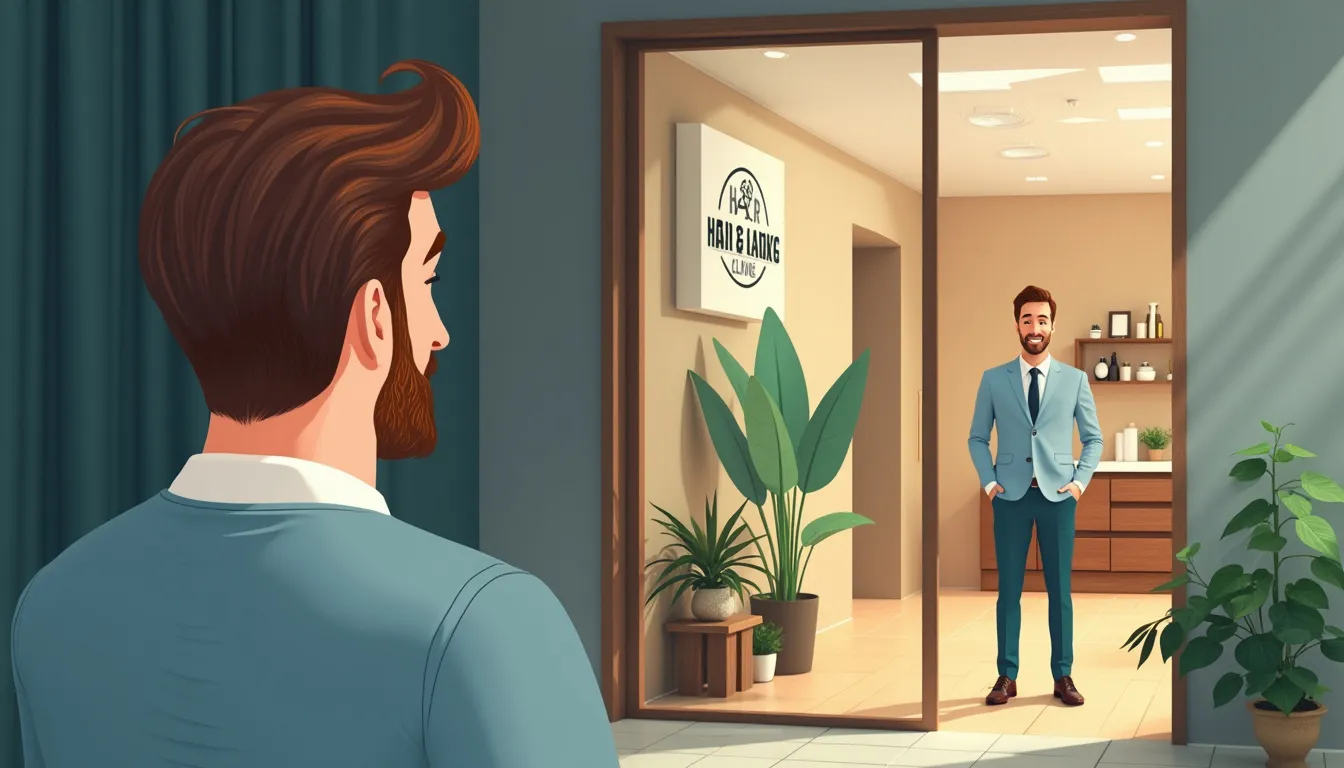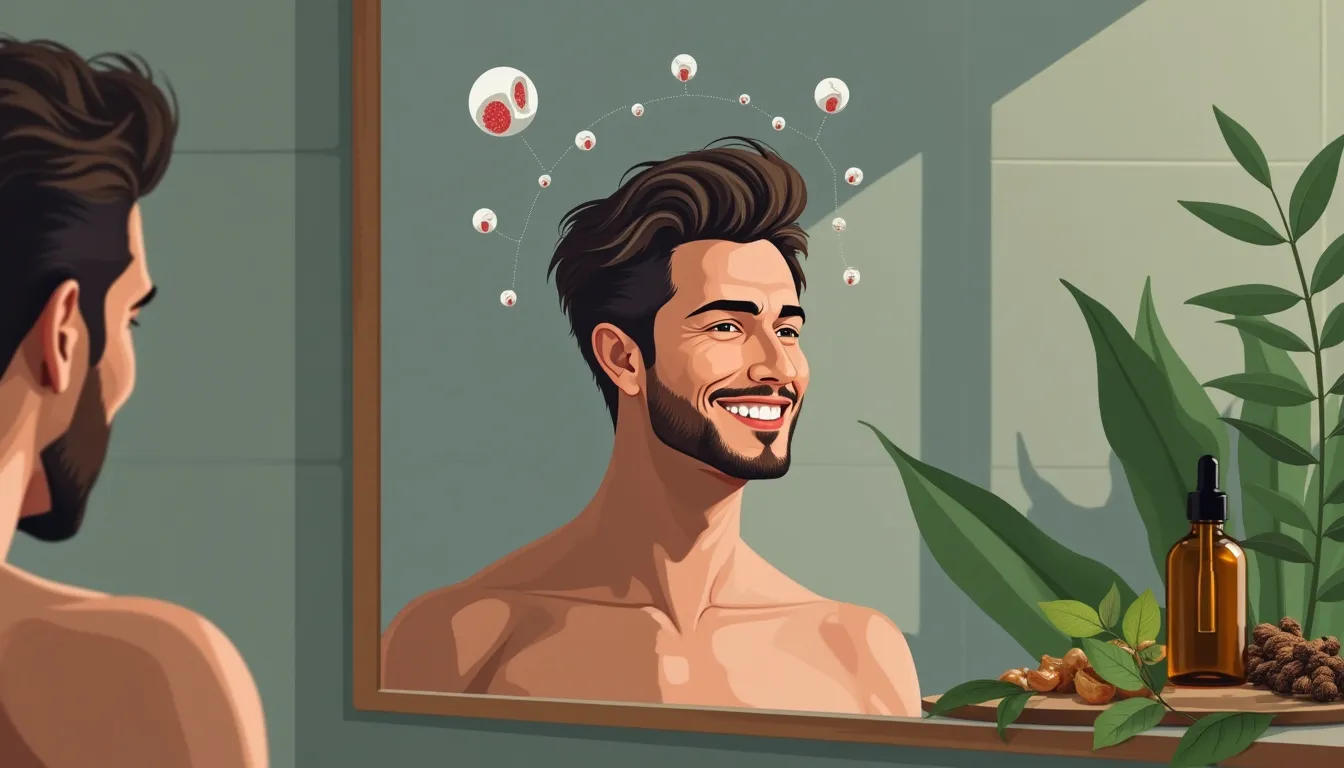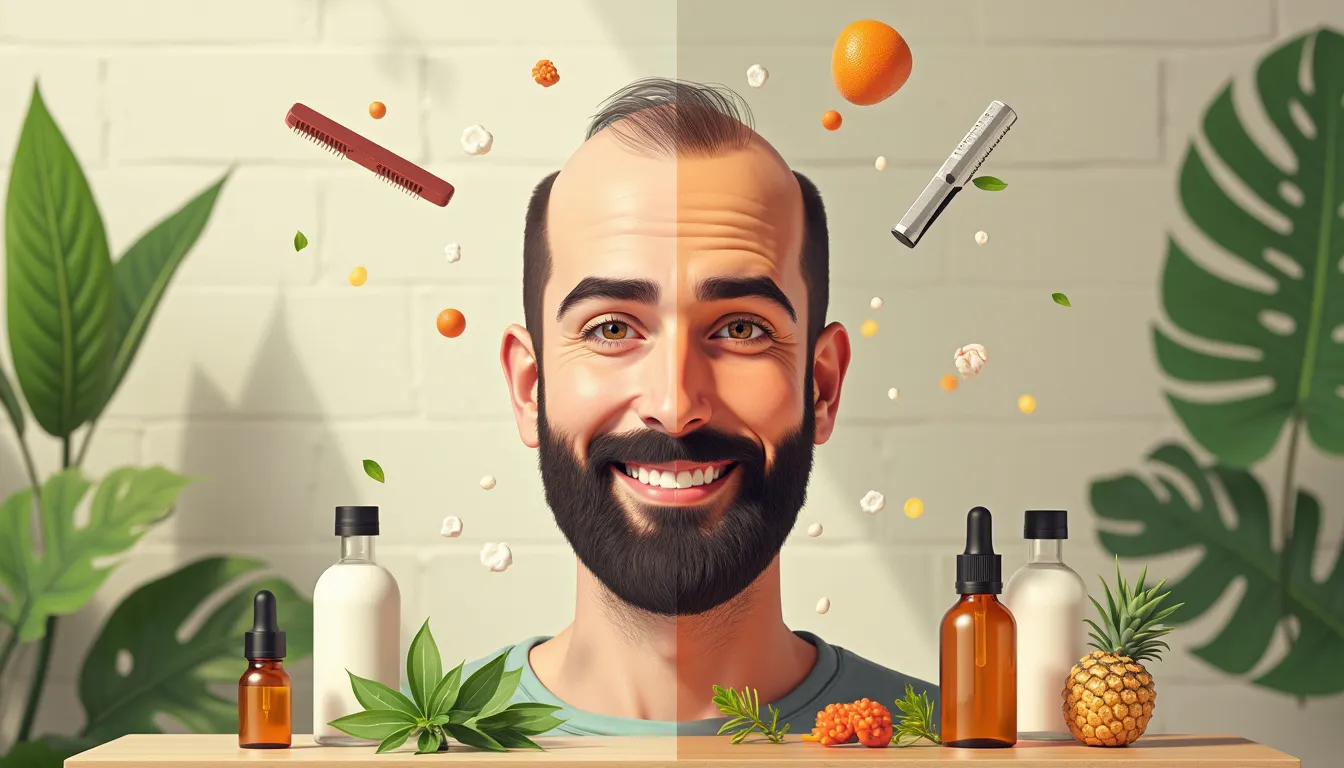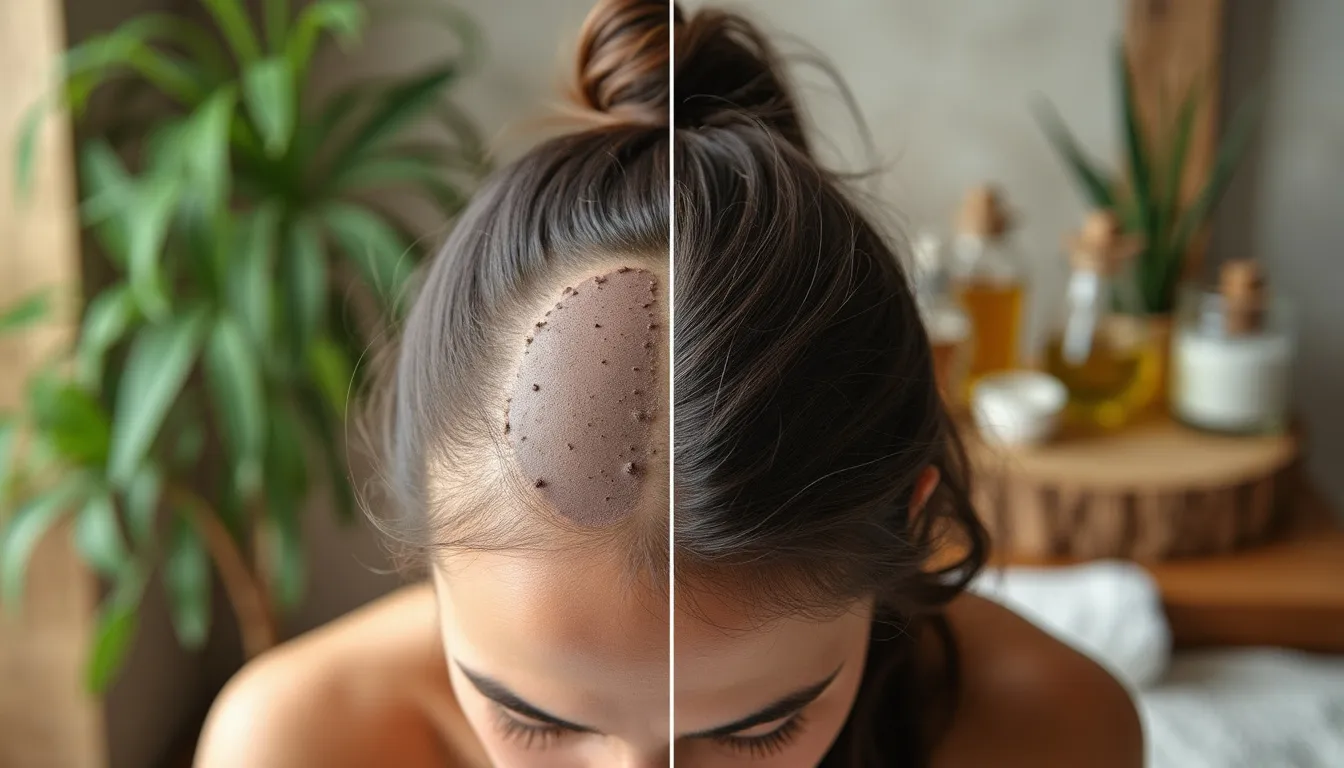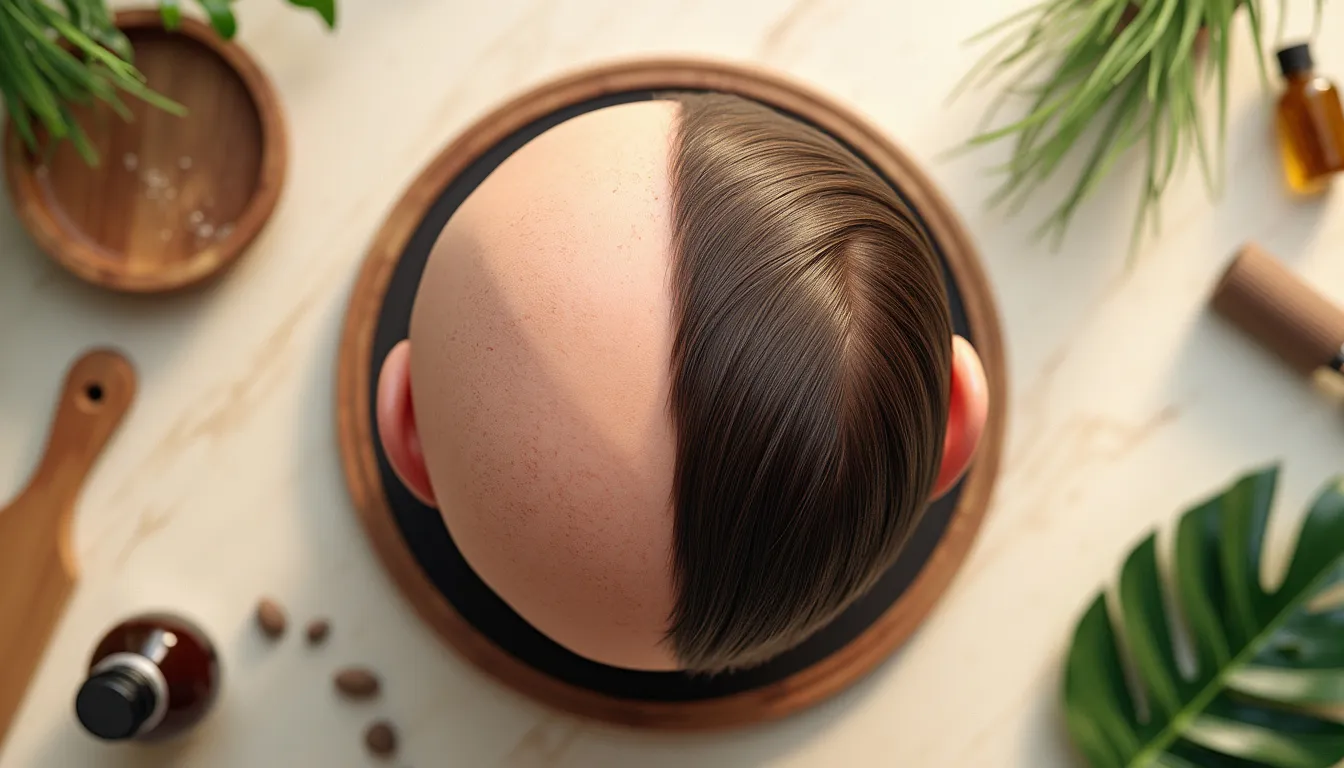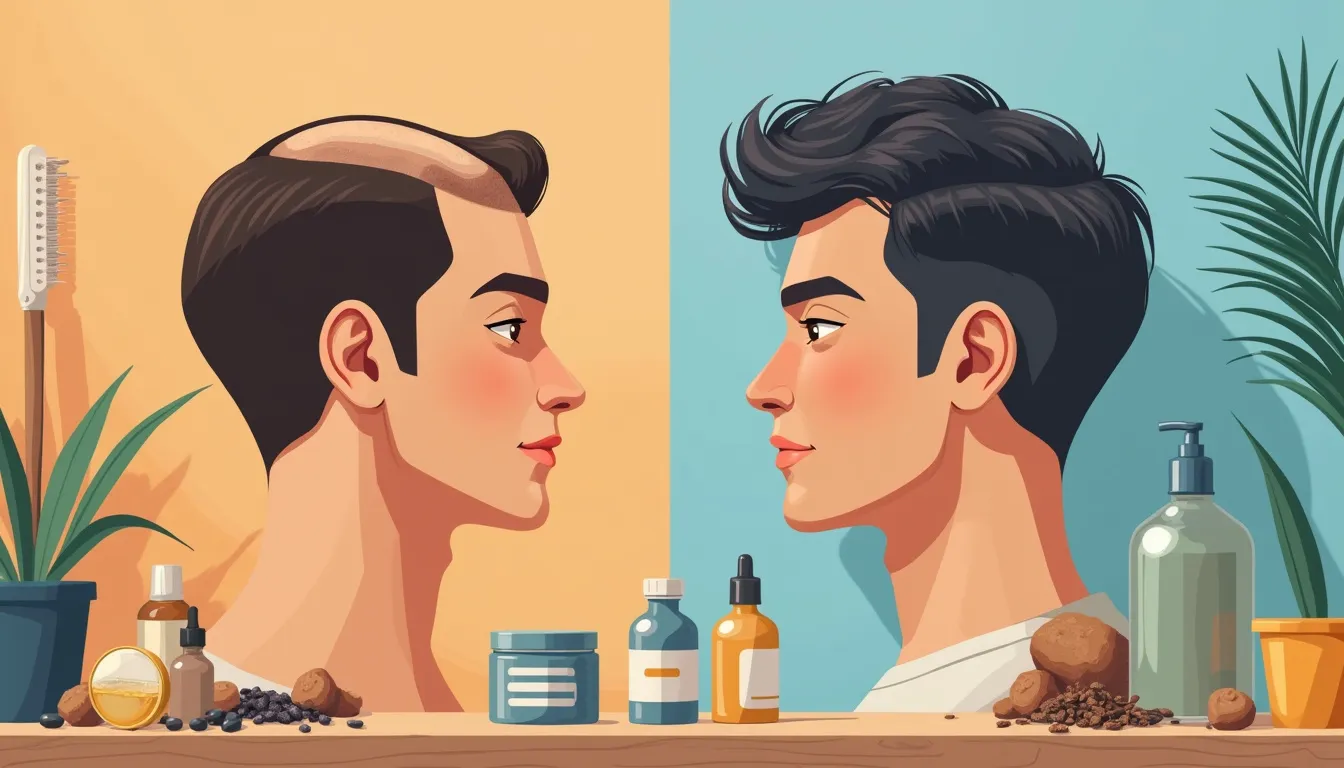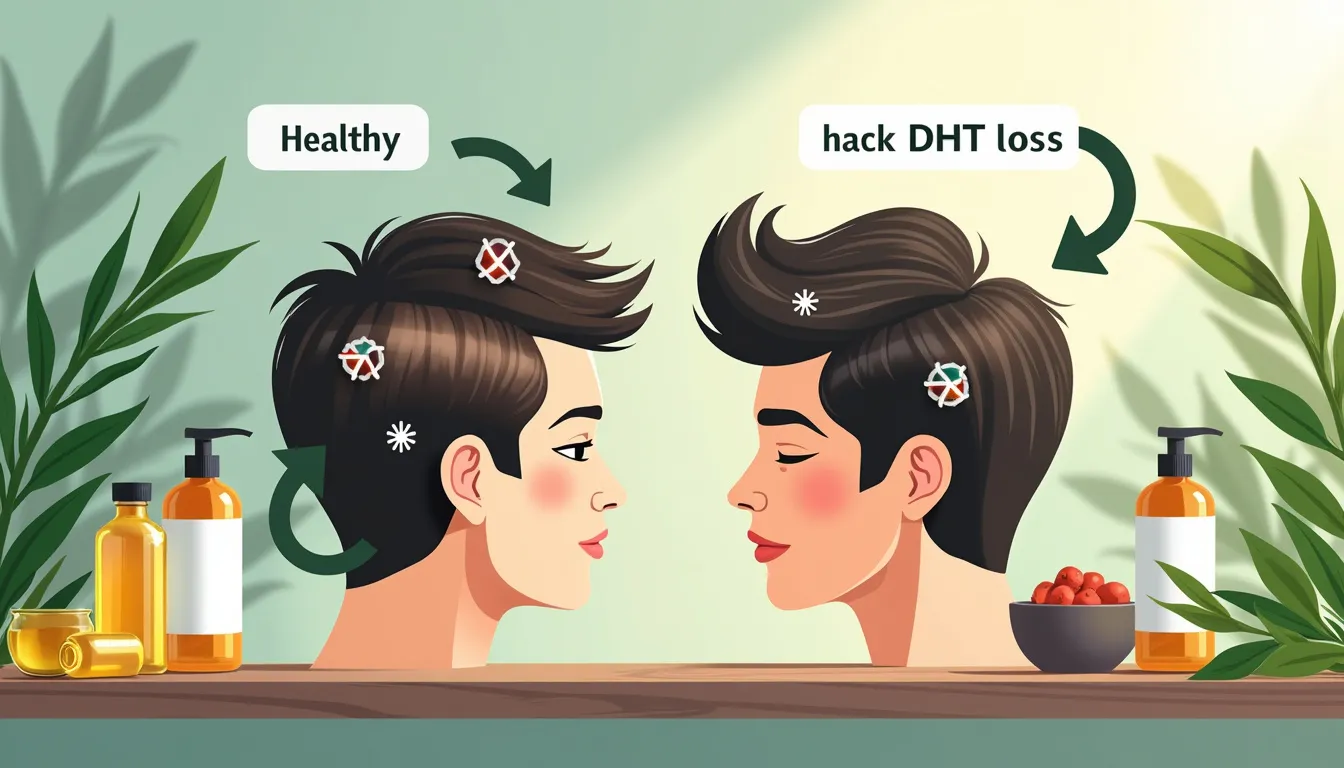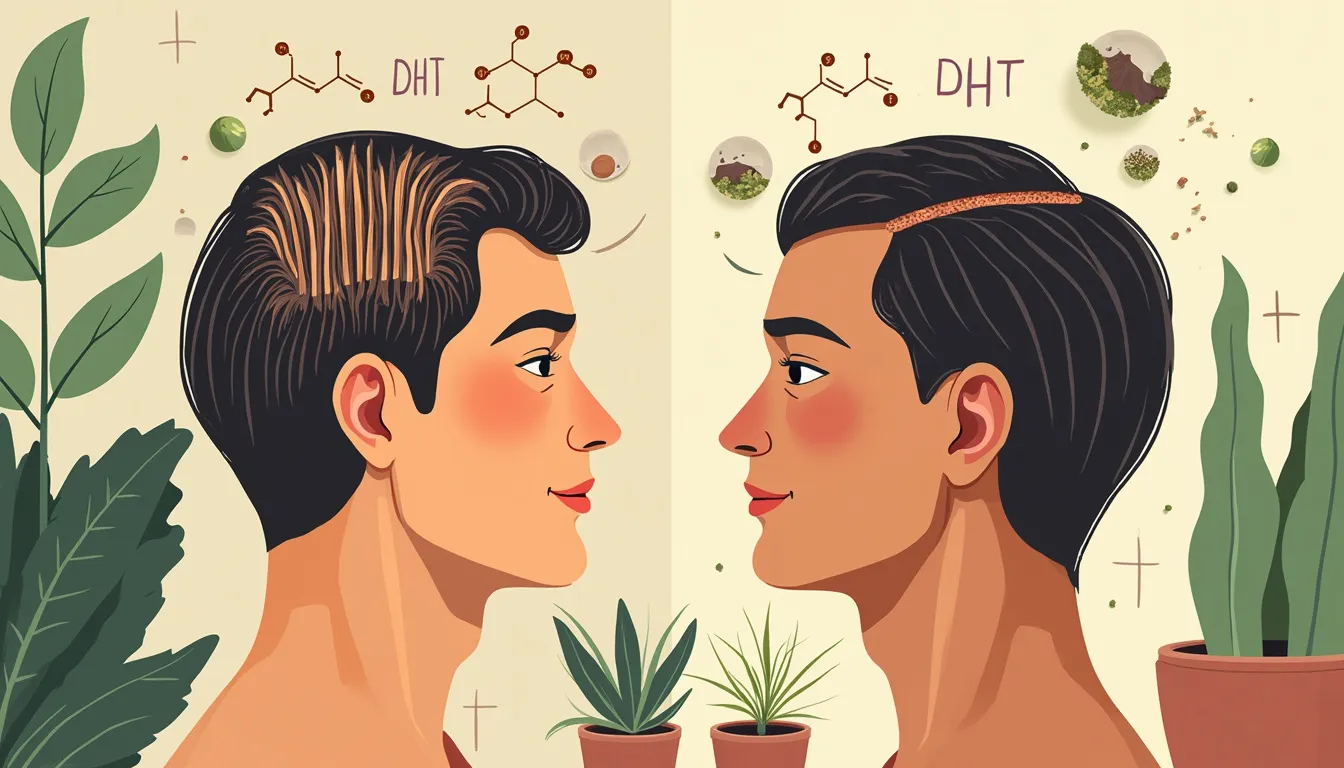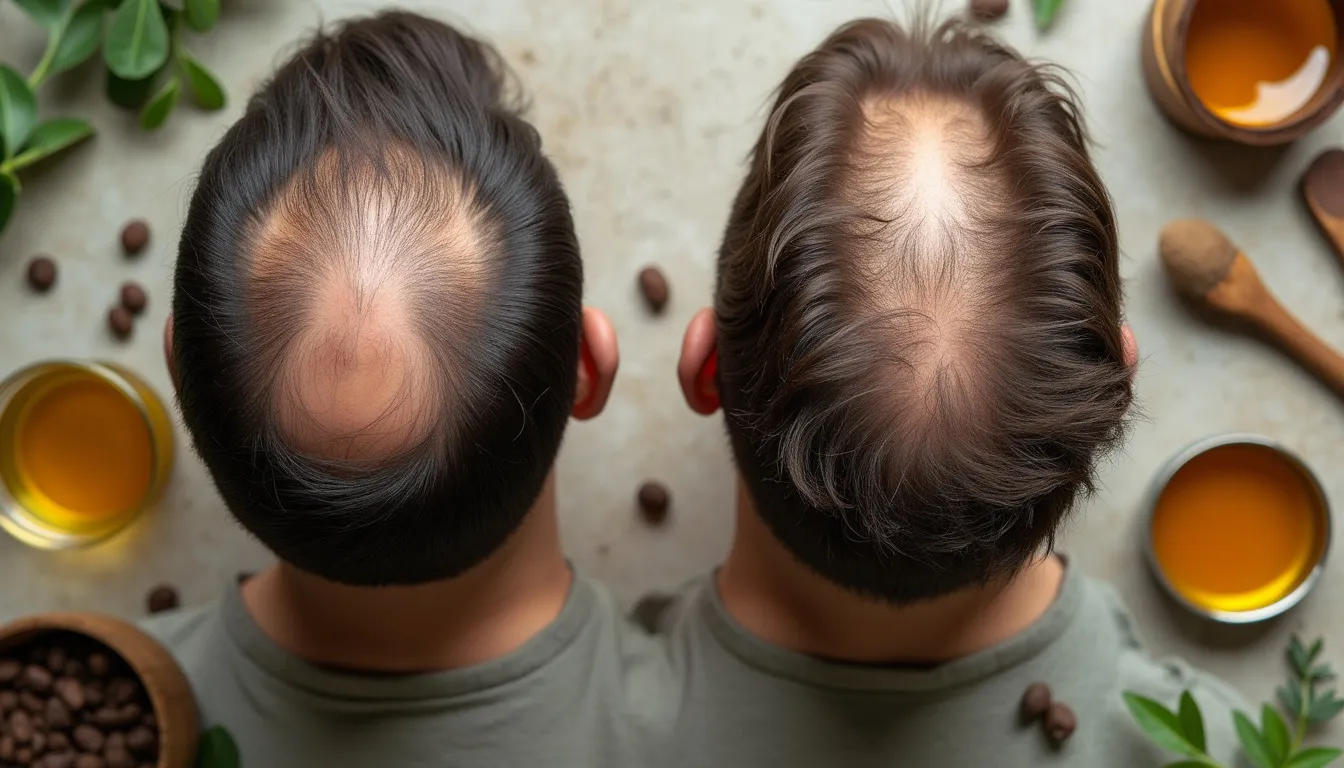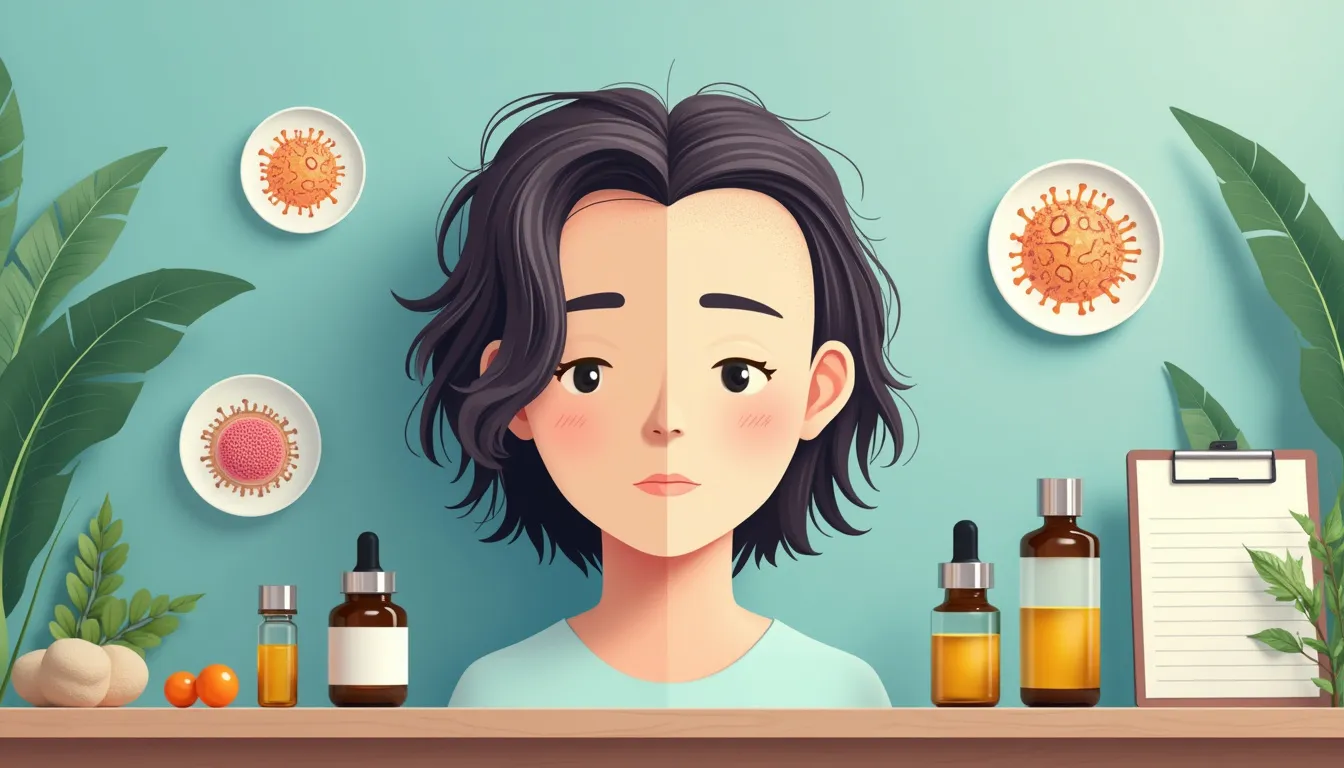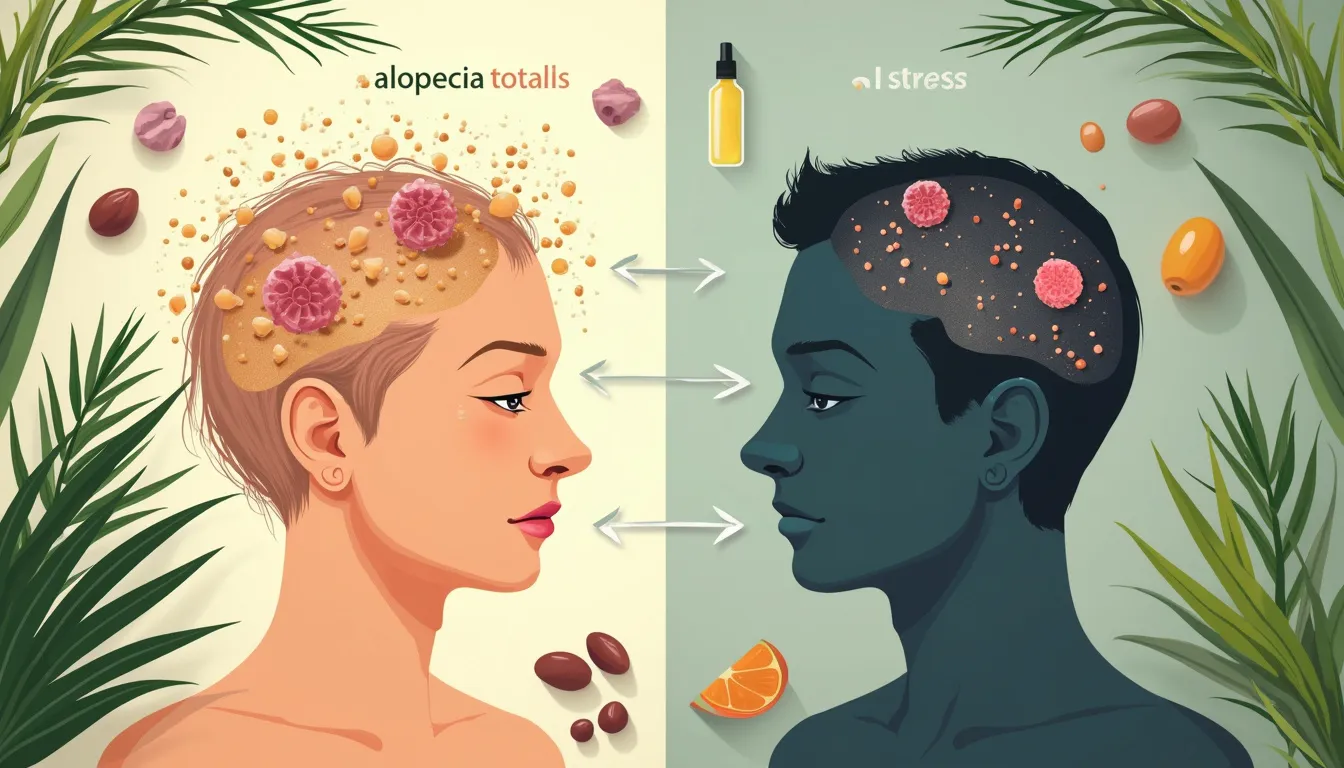Are you tired of feeling self-conscious about your thinning hair or receding hairline? You’re not alone. Millions of people worldwide struggle with hair loss, but there’s hope on the horizon. Hair transplant clinics offer a revolutionary solution that can restore your luscious locks and boost your confidence. However, with so many options available, finding the right hair transplant clinic can feel overwhelming. Don’t worry – we’ve got you covered! In this comprehensive guide, we’ll walk you through everything you need to know about hair transplant clinics, from understanding the procedures they offer to selecting the perfect clinic for your needs. Whether you’re just starting to explore your options or you’re ready to take the plunge, this article will equip you with the knowledge and tools to make an informed decision. Get ready to embark on a journey towards a fuller head of hair and renewed self-assurance. Let’s dive in and discover how to find the hair transplant clinic that will help you reclaim your crowning glory!
Understanding Hair Transplant Clinics
What is a hair transplant clinic?
A hair transplant clinic is a specialized medical facility dedicated to restoring hair for individuals experiencing hair loss or thinning. These clinics offer a range of hair restoration procedures, with hair transplantation being their primary focus. Staffed by skilled surgeons and medical professionals, hair transplant clinics combine cutting-edge technology with artistic expertise to help patients regain their natural hair and boost their confidence.
Unlike general dermatology practices or beauty salons, hair transplant clinics are equipped with state-of-the-art tools and facilities specifically designed for hair restoration procedures. They often feature advanced microscopes, specialized surgical instruments, and dedicated recovery areas to ensure optimal results and patient comfort throughout the hair transplant journey.
Types of hair transplant procedures offered
Hair transplant clinics typically offer various procedures to address different types of hair loss and patient preferences. The two most common techniques are:
- Follicular Unit Transplantation (FUT): Also known as the strip method, FUT involves removing a strip of scalp from the donor area (usually the back of the head) and dissecting it into individual follicular units for transplantation.
- Follicular Unit Extraction (FUE): This method involves extracting individual hair follicles directly from the donor area and implanting them into the recipient area, resulting in minimal scarring.
Many clinics also offer advanced variations of these techniques, such as:
- Robotic Hair Transplantation: Utilizing AI-powered robots to assist in the FUE procedure, enhancing precision and reducing human error.
- Direct Hair Implantation (DHI): A modification of FUE that uses a specialized pen-like tool for simultaneous extraction and implantation of hair follicles.
- Scalp Micropigmentation (SMP): A non-surgical option that involves tattooing pigment into the scalp to create the appearance of a fuller head of hair.
Importance of choosing the right clinic
Selecting the right hair transplant clinic is crucial for several reasons:
- Results: The skill and experience of the surgeon directly impact the naturalness and longevity of your hair transplant results.
- Safety: Reputable clinics adhere to strict safety protocols, minimizing the risk of complications and ensuring a smooth recovery process.
- Customization: The best clinics tailor their approach to each patient’s unique needs, considering factors like hair type, degree of hair loss, and aesthetic goals.
- Technology: Leading clinics invest in the latest equipment and techniques, offering patients access to the most advanced and effective hair restoration options.
- Long-term support: Quality clinics provide comprehensive aftercare and follow-up services to monitor your progress and address any concerns.
Choosing the wrong clinic can lead to disappointing results, unnecessary complications, or even permanent damage to your scalp and remaining hair. It’s essential to invest time in researching and selecting a reputable hair transplant clinic to ensure the best possible outcome for your hair restoration journey.
Key factors to consider when selecting a hair transplant clinic
When evaluating potential hair transplant clinics, keep the following factors in mind:
- Surgeon credentials: Look for board-certified surgeons with specific training and experience in hair transplantation. Check their qualifications, certifications, and memberships in professional organizations like the International Society of Hair Restoration Surgery (ISHRS).
- Clinic reputation: Research online reviews, testimonials, and before-and-after photos from previous patients. A reputable clinic should have a track record of satisfied clients and positive outcomes.
- Range of procedures: Choose a clinic that offers multiple hair restoration techniques, allowing for a personalized approach tailored to your specific needs.
- Technology and equipment: Ensure the clinic uses up-to-date technology and follows best practices in hair transplantation.
- Consultation process: A thorough initial consultation is crucial. The clinic should provide a detailed assessment of your hair loss, explain available options, and set realistic expectations.
- Transparency: The clinic should be upfront about costs, potential risks, and expected results. Be wary of clinics that make unrealistic promises or pressure you into making quick decisions.
- Aftercare and follow-up: Look for clinics that offer comprehensive post-procedure care and long-term follow-up to ensure optimal results and address any concerns.
- Location and accessibility: Consider the clinic’s location, especially if multiple visits are required. Some patients opt for medical tourism, but this comes with additional considerations and potential risks.
- Cost and financing options: While price shouldn’t be the only factor, understanding the total cost and available financing options is important. Be cautious of clinics offering significantly lower prices than the industry standard, as this may indicate compromised quality or hidden fees.
By carefully considering these factors, you can narrow down your options and select a hair transplant clinic that best meets your needs and expectations. Remember, a successful hair transplant can be a life-changing experience, boosting your confidence and self-esteem. Taking the time to choose the right clinic is an investment in your future happiness and well-being.
If you’re looking for a reliable solution to combat hair loss before considering a transplant, you might want to explore HairFortin, a program designed to help stop hair loss and promote natural hair growth.
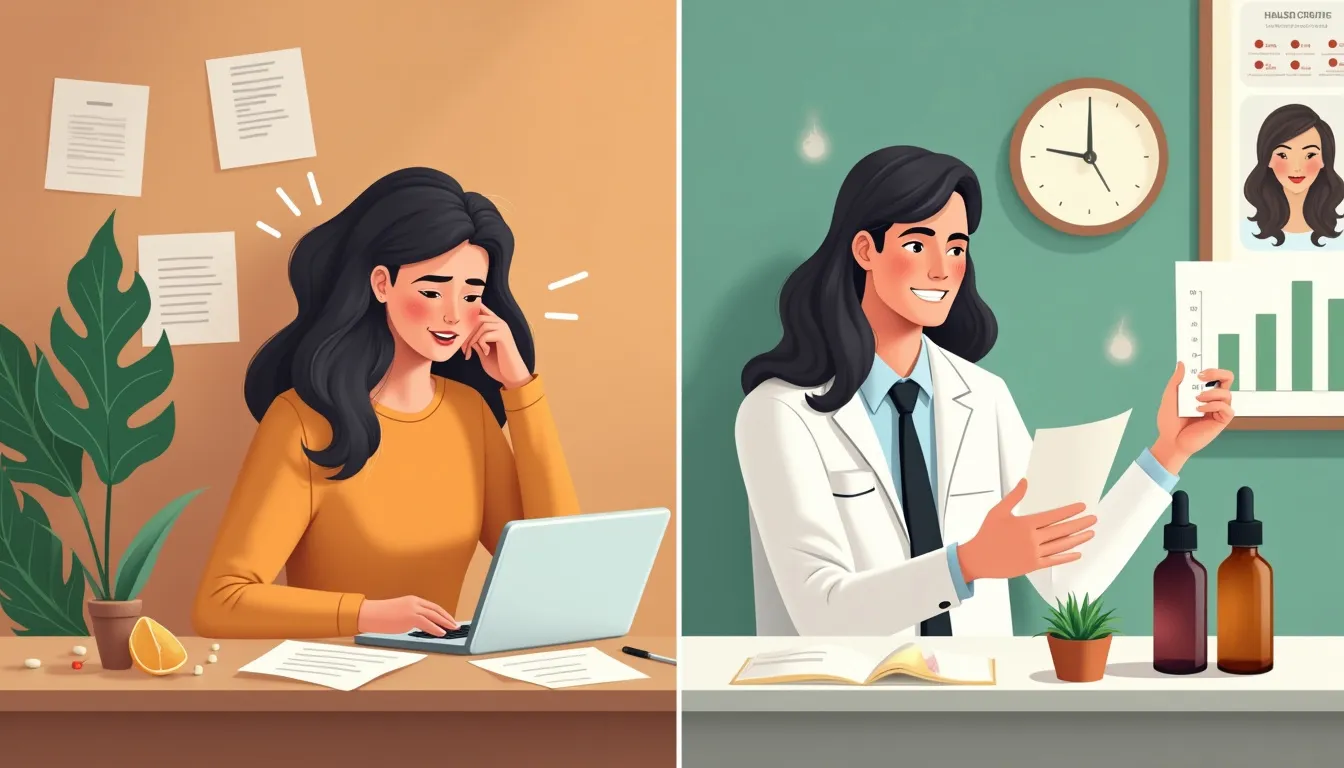
Steps to Find the Best Hair Transplant Clinic
Finding the right hair transplant clinic is crucial for achieving the best possible results and ensuring a safe, comfortable experience. Here’s a comprehensive guide to help you navigate the process of selecting the perfect clinic for your needs.
2.1. Researching potential clinics
The first step in your journey to find the best hair transplant clinic is thorough research. Start by creating a list of potential clinics in your area or those you’re willing to travel to. Utilize online resources such as:
- Search engines (Google, Bing)
- Medical directories
- Hair restoration forums
- Social media platforms
Look for clinics with positive reviews, high ratings, and a strong online presence. Pay attention to patient testimonials and before-and-after photos shared on their websites or social media accounts. Remember, a reputable hair transplant clinic will have a track record of satisfied patients and transparent communication about their procedures.
2.2. Evaluating surgeon qualifications and experience
Once you’ve compiled a list of potential clinics, it’s time to dig deeper into the qualifications and experience of their surgeons. A skilled and experienced surgeon is paramount to the success of your hair transplant. Look for the following credentials:
- Board certification in relevant specialties (e.g., dermatology, plastic surgery)
- Membership in professional organizations like the International Society of Hair Restoration Surgery (ISHRS)
- Years of experience performing hair transplant procedures
- Continuing education and training in the latest hair restoration techniques
Don’t hesitate to research the surgeon’s background, read their professional bios, and look for any published articles or research they’ve conducted in the field of hair restoration. A surgeon who is actively involved in advancing the field is likely to be up-to-date with the latest techniques and technologies.
2.3. Reviewing before and after photos
One of the most effective ways to assess a hair transplant clinic’s expertise is by examining their portfolio of before and after photos. These images provide tangible evidence of the clinic’s capabilities and the quality of results they can achieve. When reviewing these photos, consider the following:
- Consistency in quality across multiple patients
- Natural-looking hairlines and density
- Similarity to your own hair type and loss pattern
- Long-term results (photos taken several months or years post-procedure)
Be wary of clinics that only show a handful of cherry-picked results or those that use stock photos. A reputable hair transplant clinic should have an extensive gallery of real patient results available for review.
2.4. Scheduling consultations and asking the right questions
After narrowing down your list of potential clinics, it’s time to schedule consultations. Many hair transplant clinics offer free initial consultations, either in-person or virtually. This is your opportunity to meet the surgeon, discuss your specific case, and ask important questions. Some key questions to consider include:
- What hair transplant techniques do you specialize in?
- How many procedures have you personally performed?
- What kind of results can I realistically expect?
- Are there any risks or potential complications I should be aware of?
- What is the recovery process like, and how long before I can return to normal activities?
- Do you provide post-operative care and follow-up appointments?
Pay attention to how the surgeon and staff communicate with you during the consultation. A good hair transplant clinic will take the time to understand your concerns, explain the procedure in detail, and set realistic expectations.
2.5. Considering cost and financing options
While cost shouldn’t be the sole determining factor, it’s an important consideration when choosing a hair transplant clinic. Keep in mind that the cheapest option isn’t always the best, and extremely low prices might be a red flag. Factors that influence the cost of a hair transplant include:
- The technique used (FUE vs. FUT)
- The number of grafts required
- The surgeon’s experience and reputation
- The clinic’s location and facilities
Many reputable hair transplant clinics offer financing options to make the procedure more accessible. Inquire about payment plans, medical loans, or other financing solutions that might be available. Remember to get a detailed breakdown of all costs involved, including any follow-up treatments or medications.
2.6. Making your final decision and preparing for the procedure
After gathering all the necessary information, it’s time to make your final decision. Trust your instincts and choose the hair transplant clinic that makes you feel most comfortable and confident. Once you’ve made your choice, the clinic will guide you through the preparation process, which may include:
- Pre-operative instructions (e.g., avoiding certain medications)
- Scheduling the procedure date
- Arranging transportation and accommodation if needed
- Discussing post-operative care and recovery expectations
Remember, choosing the right hair transplant clinic is a crucial step in your hair restoration journey. By following these steps and conducting thorough research, you’ll be well-equipped to make an informed decision that leads to the best possible outcome for your hair transplant procedure.
In conclusion, finding the right hair transplant clinic is a crucial step in your journey to restore your confidence and achieve the hair you desire. By thoroughly researching potential clinics, evaluating surgeon qualifications, reviewing before and after photos, and scheduling consultations, you can make an informed decision that aligns with your goals and expectations. Remember that while cost is an important factor, it should not be the sole determinant in your choice. The expertise of the surgeon, the quality of the facility, and the overall patient experience should all play significant roles in your decision-making process.
As you embark on this transformative journey, keep in mind that a reputable hair transplant clinic will prioritize your individual needs and provide personalized care throughout the entire process. They will offer transparent information about the procedures, potential risks, and expected outcomes, ensuring you feel comfortable and well-informed every step of the way.
Ultimately, choosing the right hair transplant clinic can make all the difference in achieving natural-looking, long-lasting results that boost your self-esteem and enhance your appearance. Take your time, do your due diligence, and trust your instincts when making this important decision. With the right clinic by your side, you’ll be well on your way to reclaiming your hair and your confidence.
Remember, while hair transplantation can be an effective solution for many, it’s not the only option available for addressing hair loss. If you’re looking for alternative approaches or want to explore preventative measures, consider checking out programs like HairFortin (https://hairsecurity.net/HairFortin) that focus on natural ways to combat hair loss and promote healthy hair growth. By combining the right treatment approach with a reputable clinic, you’ll be taking significant steps towards achieving the hair you’ve always wanted.
